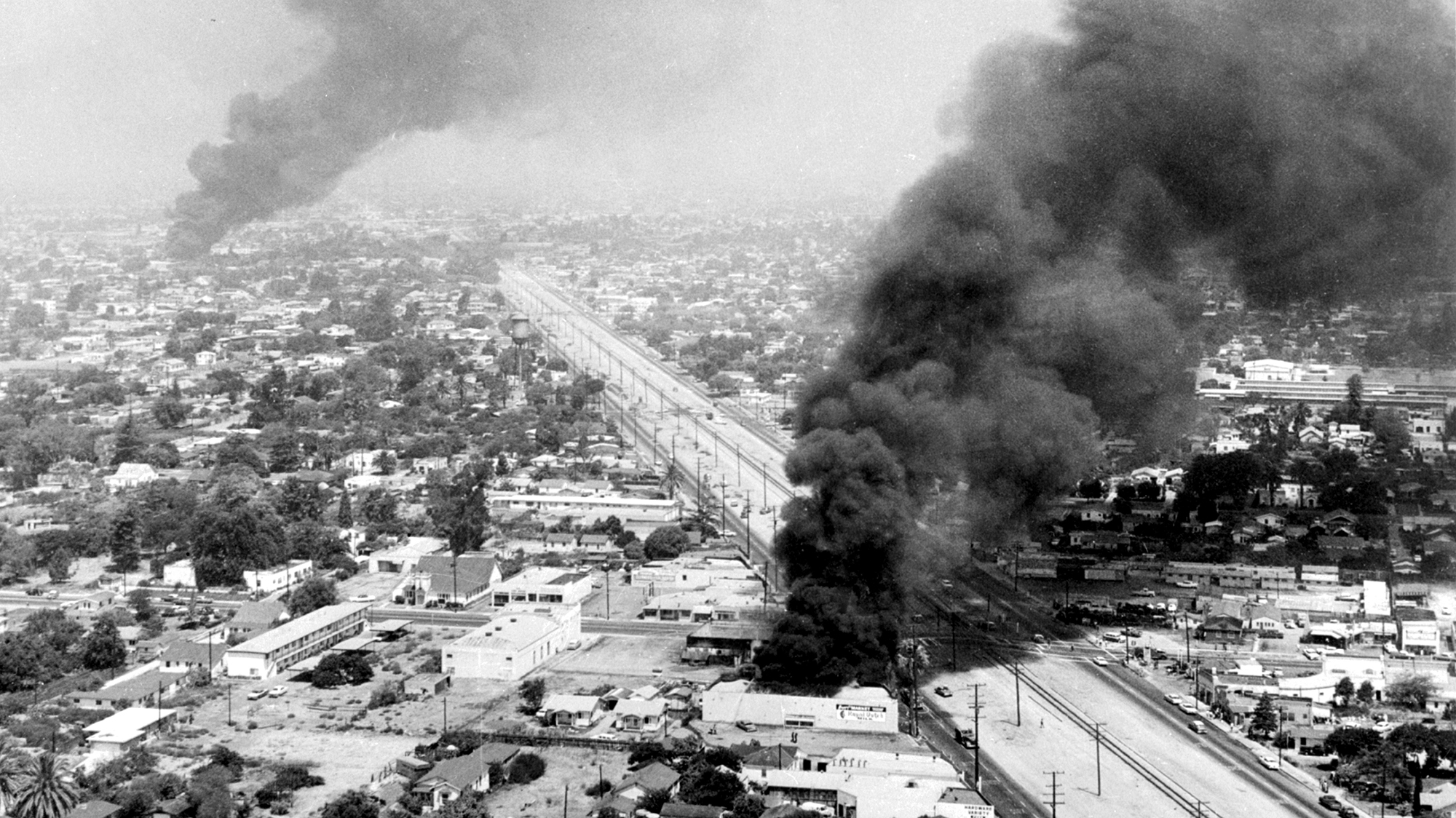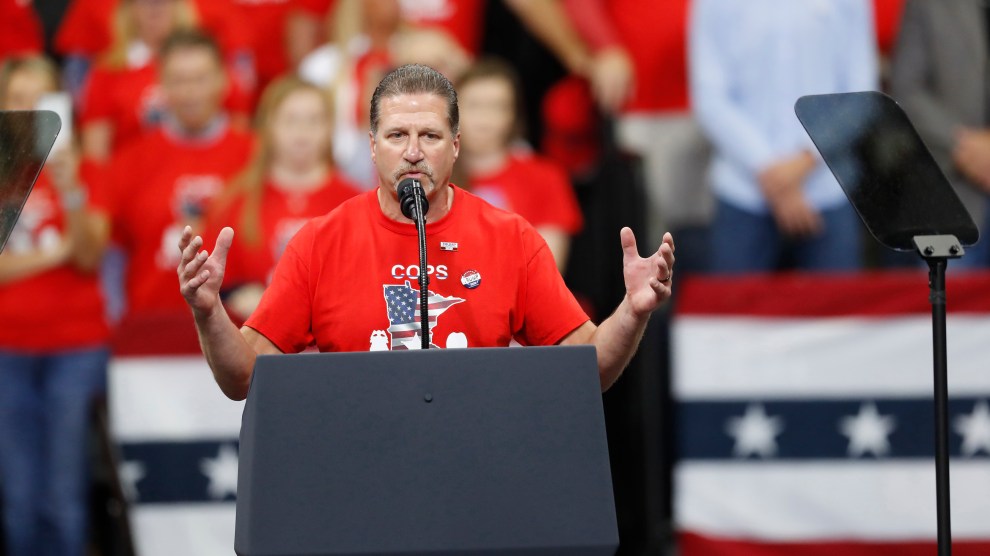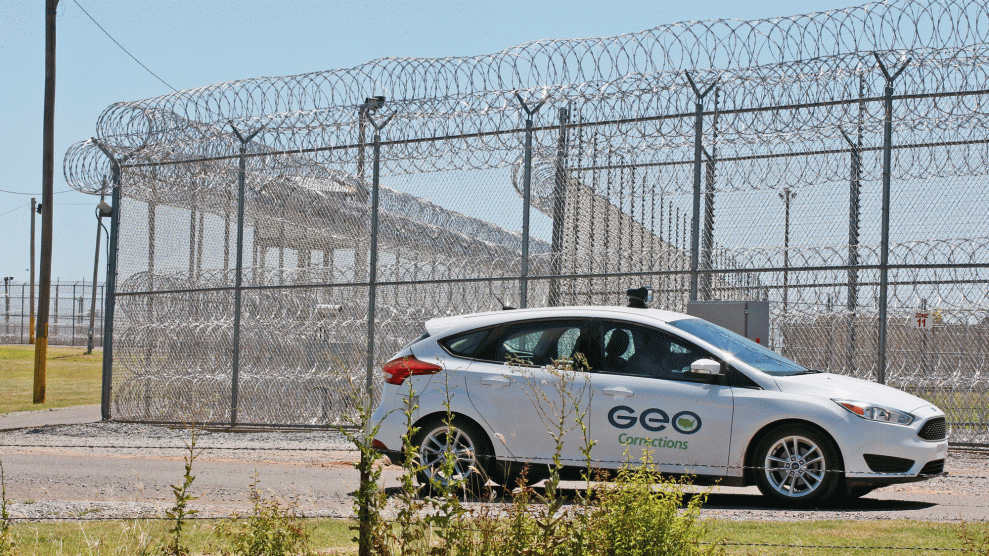My career as a historian of white backlash might have begun the day that, as a teenager precociously obsessed with people like Abbie Hoffman, Tom Hayden, and Eldridge Cleaver, I asked my parents if they had any interesting stories to tell me about the 1960s. The only one my mom could come up with was the day in 1967, two years before I was born, when there were riots in the inner city of Milwaukee. My parents invited all of their friends in our suburban neighborhood, who couldn’t go to work at the businesses they owned in the city, over for a pool party.
That was probably when I first became aware that there were two sides to the 1960s: the movements for social justice and the anti-authoritarian rage on one side, and on the other the people for whom such disorder spurred confusion and fear for their white-picket-fenced safety.
I later learned researching my book Nixonland that Milwaukee’s authoritarian mayor, Henry Maier, eventually declared a version of martial law so strict and fierce that mothers could not go out to buy milk for their children. Klansmen, however, weren’t hassled for defying the lockdown; they rolled around town with shotguns poking out car windows. The Milwaukee police burned down a house with a mentally disabled man inside. They claimed it was a nest for a sniper. The next year Mayor Maier was up for reelection. He won with 80 percent of the vote.
People are thinking of stories like that now, during a week that school kids might study some day. President Trump, after all, responded to the uprising in Minneapolis by tweeting something Miami’s racist police chief said during riots in 1968: “When the looting starts, the shooting starts.” Conservative Republicans (and right-wing Democrats) have a long and sordid history of exploiting riots for political gain. Richard Nixon knew what to do when, during a wave of urban uprisings in 1966, Vice President Hubert Humphrey said that “the National Guard is no answer to the problems of the slums.” Humphrey predicted “open violence in every major city and county in America” if conditions didn’t improve—then added, exuberantly but injudiciously, that if he lived in a slum, “I think you’d have more trouble than you have had already because I’ve got enough spark left in me to lead a mighty good revolt.”
Nixon took to the pages of a newsweekly for a guest editorial asking: “Who is responsible for the breaking of law and order in this country?” Hubert Humphrey for one, he answered. And Robert F. Kennedy, who had said—responding to a comment by former president Dwight D. Eisenhower that the 1965 Watts uprising stemmed from a “policy of lawlessness”—that “there is no point in telling Negroes to obey the law. To many Negroes the law is the enemy.”
Nixon was laying the groundwork for his 1968 presidential run. When he originally began doing so, it seemed likely his main appeal to the electorate would resemble that from his last presidential campaign in 1960: He was a statesman with deep foreign policy experience. That he chose a different approach this time was attributable to the tutelary example of a political neophyte: Ronald Reagan, who had just won a shocking upset in the California Republican gubernatorial primary with a law-and-order, white-backlash campaign.
So it was that in 1968, after two more summers of fire and blood, running against none other than Hubert “Mighty Good Revolt” Humphrey, Nixon aimed straight for the amygdala of those frightened white suburbanites. His most famous campaign commercial was a montage of riot scenes over a jittery, shrieking electronic soundtrack, the camera lingering on the naked white torso of a mannequin. Then came Nixon’s voice: “So I pledge to you, we will have order in the United States.”
It worked, and the lesson appeared plain enough: A politics of empathy of the sort that Humphrey and Kennedy had attempted—and Joe Biden is attempting now—is a political nonstarter.
It’s simply incorrect to argue that mass political violence inevitably spurs a backlash that benefits conservatives. By 1970, Nixon sought to nationalize that year’s congressional elections as a referendum on law and order—even intentionally spurring crowd violence against himself for the cameras to capture. A columnist reported, “Nixon’s advance men this fall have carefully organized with local police to allow enough dissenters into the staging areas so the president will have his theme well illustrated.”
That this was a wrong, and overly simplistic, conclusion is suggested by another of that year’s election results—Bobby Kennedy’s. Campaigning in a Black neighborhood in Indianapolis for the Democratic primary in Indiana, a racially diverse bellwether state, he received word of Martin Luther King’s assassination before it had become public—before his audience knew. So he broke the news to them in a tender, improvised rhetorical masterpiece in which, for the first time publicly, he reflected on the assassination of his brother and the pain of losing someone you love to violence. The fact that Indianapolis was one of few big cities not to face rioting that day is often attributed to Kennedy’s speech. And though the reasons are many and complex, and still debated today, he won the primary.
Once, in San Jose, disappointed that no one heckled Nixon during a speech, his chief of staff, Bob Haldeman, gave protesters time to mass outside afterward, then had the president leap up on the hood of his limousine in their midst. He was obliged with the expected hail of rocks while jutting out his chin and making his trademark two-handed V-salute, providing footage that made all the evening newscasts. “That’s what they hate to see!” he exulted.
But Republicans that year underperformed expectations. When disorder is all around them, voters tend to blame the person in charge for the disorder—and, sometimes, punish those who exploit it for political gain.
It’s also not correct to argue that such disorder harms prospects for progressive change. Sometimes, in fact, it has spurred it. Political scientist David Skrentny credits the urban disorders of the 1960s with moving corporations to commit to affirmative action. Riots following the Rodney King beating are credited with spurring Congress to pass legislation granting federal oversight over police departments—a power that lasted until Jeff Sessions, as Trump’s attorney general, rolled it back. And the event that we now honor with Pride parades was not only a riot, but a particularly ugly one: the folks who set it off trapped cops raiding their bar, and then tried to burn it down. But no one would deny Stonewall led to progressive change.
The politics of riots are complex, ambiguous—and especially, in our present circumstances, unpredictable. Though it’s become commonplace to place Trump in a long lineage of right-wing racism-exploiters that runs through Nixon and Reagan, it’s also important to grasp the real discontinuities. Unlike any Republican president before him, Trump is risking the consequences of being openly racist. Nixon—and even, in his 1968 and 1972 presidential runs, George Wallace—at least paid lip service to the goal of racial justice. That’s because even white people who regularly said and did things harmful to Black Americans didn’t want to believe that association with a particular candidate marked them as racist.
1980 was the worst year for riots since the 1960s: There was a particularly deadly one following the acquittal of a police officer in a murder case in Miami, and one in Arkansas among Cuban refugees from the Mariel boat lift cooped up on a military base. (Bill Clinton credits this partially for his gubernatorial loss that year.) Yet the architects of Reagan’s campaign that year judged it vital for him to avoid the appearance of open racism.
So they made it a priority to have Reagan campaign before Black audiences—for instance before the Urban League at its annual convention in New York, even though they knew they would only win a tiny fraction of Black voters. “We weren’t expecting to pick up any Black votes in New York,” one adviser noted. “We just want to show moderates and liberals”—if it were 2020 he would say “suburban voters”—“that Reagan wasn’t anti-Black.”
The day before his Urban League appearance, as it happens, Reagan gave his infamous speech in Mississippi at the Neshoba County Fair, in which he championed “states’ rights” with Confederate flags behind him. He stood just a few miles from the site of the most infamous lynching of the 1960s, and in a place where barnstorming politicians had for decades deployed states’ rights rhetoric as a synonym for racial dominance.
That speech is widely credited with setting the tenor for Reagan’s campaign, especially in the South. But my research suggests things were more complicated. The backlash to Reagan’s most explicit foray into race-baiting was so immediate and so intense, it was widely judged by Republican strategists as a mistake. One Mississippi GOP official, in fact, worried that Reagan’s rhetoric was so embarrassing to moderate white Mississippians that it might throw the state to Jimmy Carter.
It didn’t—but where Barry Goldwater got 87 percent of the vote in Mississippi in 1964, in 1980 Reagan only edged Carter by one percent. White Southerners, by 1980, dearly wished to see themselves as “colorblind.” A racist dogwhistle that was too easily audible wasn’t useful.
So in Reagan’s homestretch swing through Texas, the campaign put a Black state legislator up front at their rallies, including one broadcast on statewide TV, for maximal prominence in reaction shots of the crowd. I’ve seen that trick pulled off at every Republican convention since—until, that is, 2016.
It’s often said that Donald Trump takes the dogwhistle and turns it into a train whistle. Looting, shooting: Sure, he, too, apes Reagan in attempting public appeals to African Americans, the better to soothe those suburban whites. But “MAGA loves the black people” does not appear to be doing the trick.
As Greg Sargent has noted in the Washington Post, Trump in 2018 turned up the volume on the train whistle—“relentlessly painting nonwhite immigrants as criminals and murderers.” What happened? The fallout of support among educated white suburbanites handed Republicans defeat after defeat.
Will the awful events in Minneapolis and Louisville and Atlanta and New York (and who knows how long the list will be by weekend’s end?), and the president’s racist grunts in response, beat out compassion, context, and empathy? Predictions are perilous. But history suggests that, even among voters bunkered behind their picket fences, they might not.
















